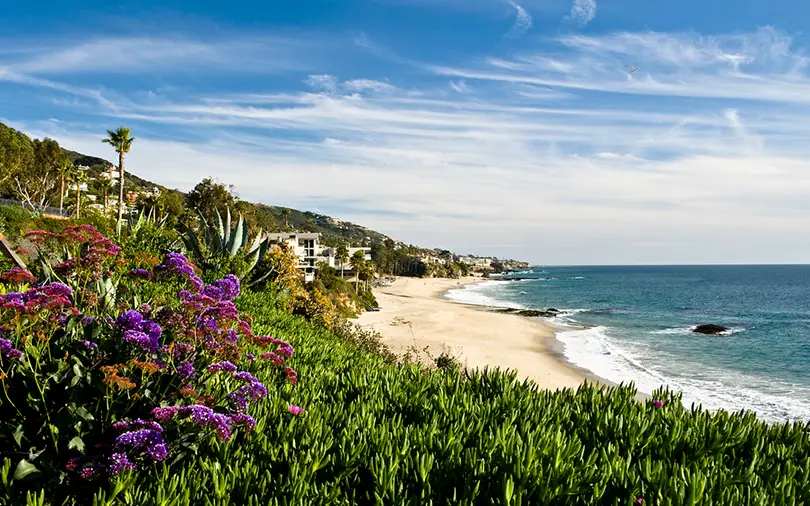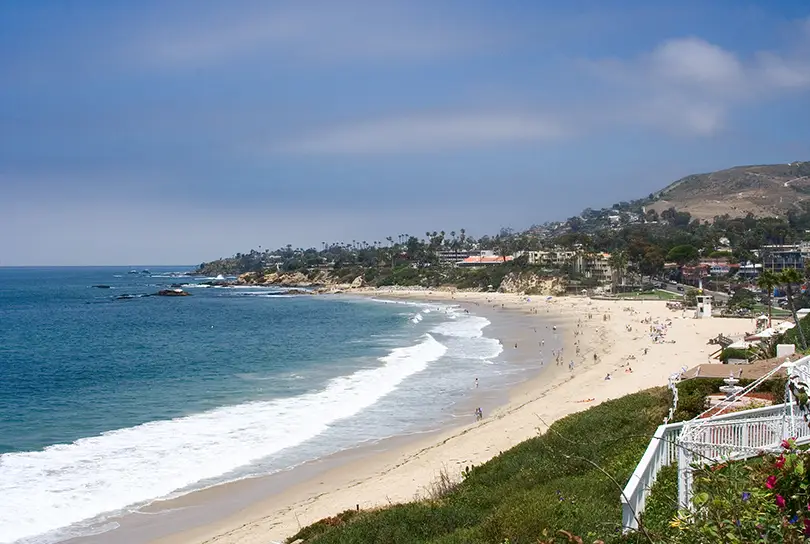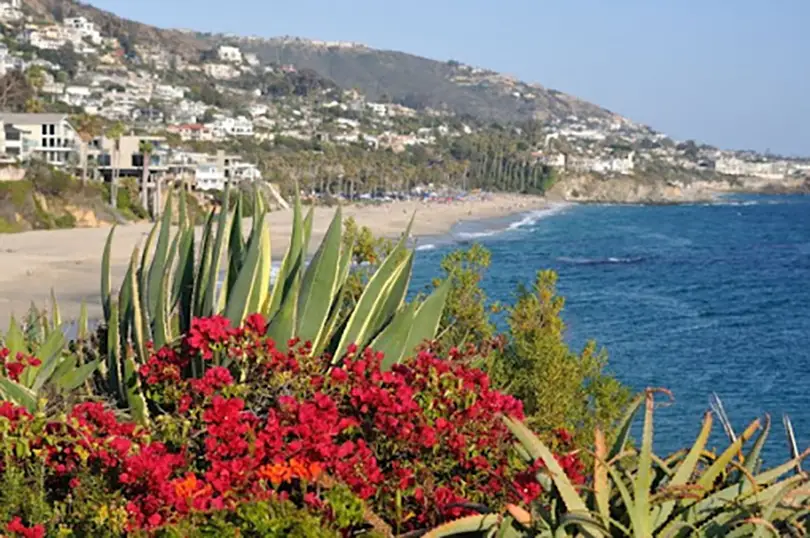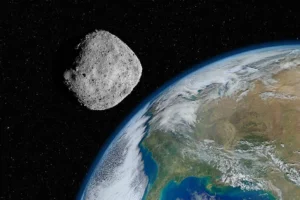A new UC San Diego study warns that California could lose up to 30% of its beaches by 2050.
The air smells of salt and wind. The sound of waves blends with the cries of seagulls, and it’s hard to believe that this timeless rhythm of the Pacific Ocean could ever change.

But researchers at the University of California, San Diego, say the transformation is already underway. If sea levels continue to rise at the current pace, by mid-century California may lose nearly a third of its sandy beaches — the same beaches that attract millions from around the world.
That sobering figure sparked my own journey of discovery. I decided to travel along the coast — from Santa Cruz to San Diego — to see for myself how the ocean is quietly, but steadily, reclaiming the land.
The Study That Shook the Coast
In late August, scientists at UC San Diego’s Scripps Institution of Oceanography published new research based on satellite data, tidal modeling, and historical coastal mapping.
Their findings were startling: even a modest sea-level rise of 10 to 14 inches (25–35 cm) — the “moderate” projection for 2050 — could render up to 30% of California’s beaches too narrow to exist as we know them today.
“We think of beaches as permanent,” says Lisa Fuller, a professor of coastal geomorphology and one of the study’s lead authors. “But they’re living systems — dynamic, breathing interfaces shaped by tides, sand, wind, and human interference. That balance is now broken.”
The Most Vulnerable Stretches of Shoreline
According to the study, the beaches most at risk include San Diego, Malibu, Ventura, Santa Cruz, and Monterey — areas where urban development limits the natural movement of sand and accelerates erosion.
In Santa Cruz, researchers have documented a loss of nearly 16 feet of beach width in just the past decade. Near Torrey Pines in San Diego, cliff erosion has doubled since the 1990s.
“When I was a kid,” recalls Carolyn Mason, a Malibu resident, “our house sat on the sand, and the waterline was far away. Now, during winter tides, the waves come right up to the stairs. Sometimes I think the ocean is just taking back what was always its own.”

The Cost of Living by the Sea
California has always lived with — and for — the ocean.
The coast isn’t just geography; it’s identity. It’s where people fall in love, jog at sunrise, and watch surfers dance with the waves at sunset.
But that romance now collides with hard reality. According to the California Coastal Commission, over 70% of the state’s coastal development lies in areas at risk of flooding by 2100. In Malibu and Laguna Beach, new beachfront construction has been restricted, and some communities are even debating managed retreat — relocating homes and infrastructure away from vulnerable zones.
“We have to stop thinking about defending every inch of land,” says Chris Daniels, an environmental advisor with the Coastal Commission. “Sometimes the best way to protect nature — and ourselves — is to give it space.”
The Beaches Already Gone
Driving Highway 1, it’s impossible not to notice: some beaches seem to have shrunk. Near San Luis Obispo, palm tree roots hang exposed where waves have eaten away at the shore. In Ventura, a two-mile stretch of sand has narrowed to a thin strip pressed between the surf and a seawall.
Scientists call this phenomenon “coastal squeeze” — when rising seas push from one side and hard infrastructure blocks natural retreat from the other, leaving the beach nowhere to go.
California’s Response
In recent years, the state has launched several innovative projects to adapt.
Programs known as “Living Shorelines” are restoring natural defenses — kelp beds, salt marshes, and sand dunes — instead of building concrete walls. These living barriers not only reduce erosion but also create habitat for marine life.
San Diego has started a pilot project to replenish beaches with sand dredged from offshore. Monterey County is experimenting with artificial reefs to soften wave energy before it reaches the shore.
“There’s no silver bullet,” admits Dr. Miguel Rodriguez, a climate adaptation specialist at UCSD. “But if we start now, we can buy decades of time. If we don’t — we’ll lose far more than sand.”

Where Past Meets Future
Standing atop a bluff in Big Sur at sunset, the Pacific glows pink and gold.
The ocean looks still, eternal. Yet beneath that calm surface lies a force beyond our control — one that doesn’t answer to property lines or human ambition.
Beaches are more than places to rest or play. They’re natural buffers between civilization and chaos. Losing them would mean losing not only tourism revenue, but also a sense of space, of freedom, of breath itself.
Perhaps the beaches of the future will be different. Engineers already speak of “floating boardwalks” and “mobile ecosystems.”
But if there’s even a small chance to preserve what we have now — it’s worth taking.
A Future That Depends on Us
California has a history of reinvention. It pioneered clean air laws, championed solar energy, and turned climate adaptation from theory into action.
Now it faces a new test — preserving the delicate line between land and sea.
“We can’t stop the ocean,” says Professor Fuller. “But we can learn to coexist. That’s the new social contract we must make with nature.”
Driving back along Highway 1, I watched the sun melt into the horizon beyond the Santa Lucia Mountains, tinting the sky a soft peach.
I pulled over at a lookout point, stepped out of the car, and felt that familiar ocean wind — sharp, salty, alive — brushing against my face.
Maybe this is where it begins: the moment when we still have a choice in shaping the future of California’s coast.
















